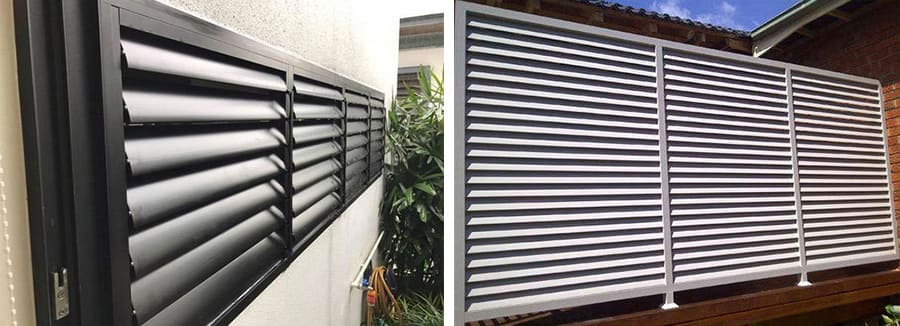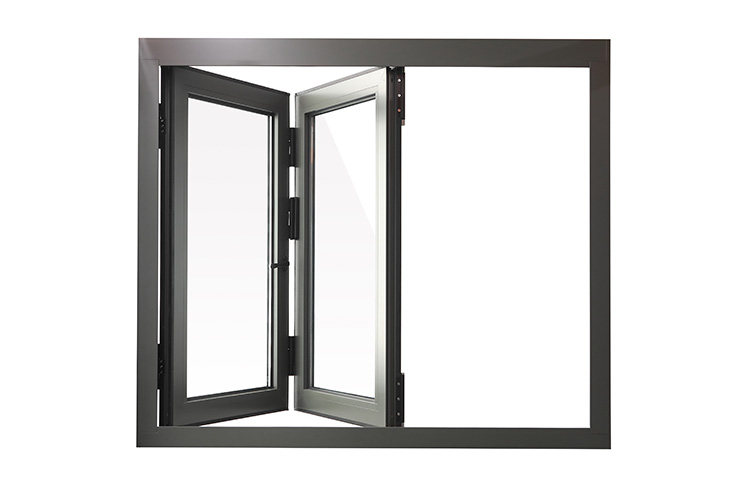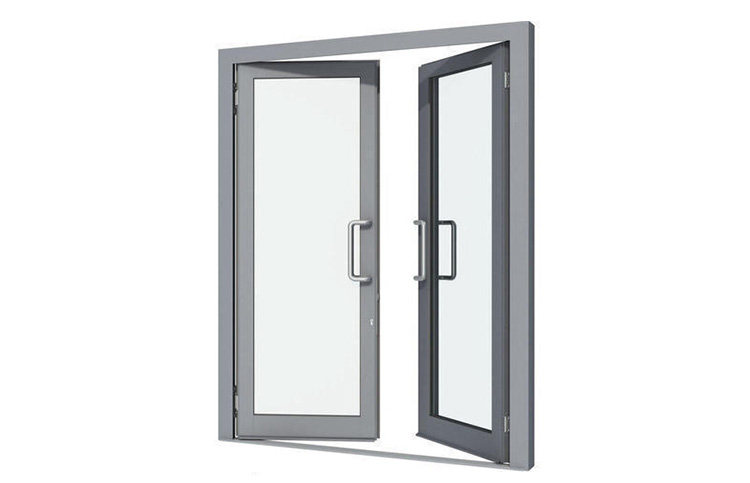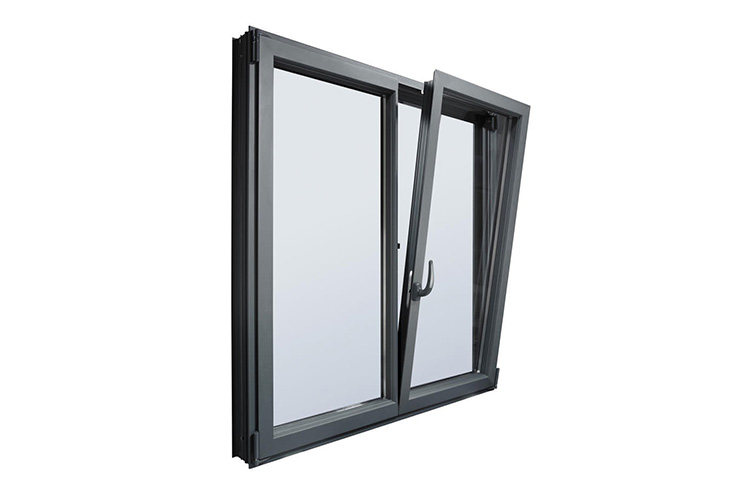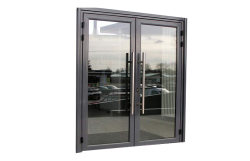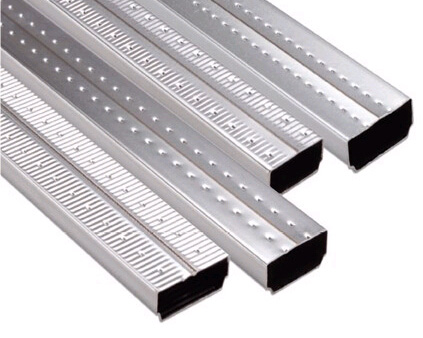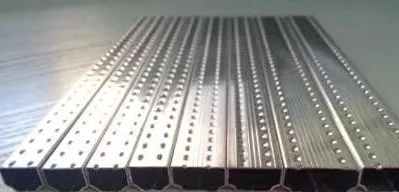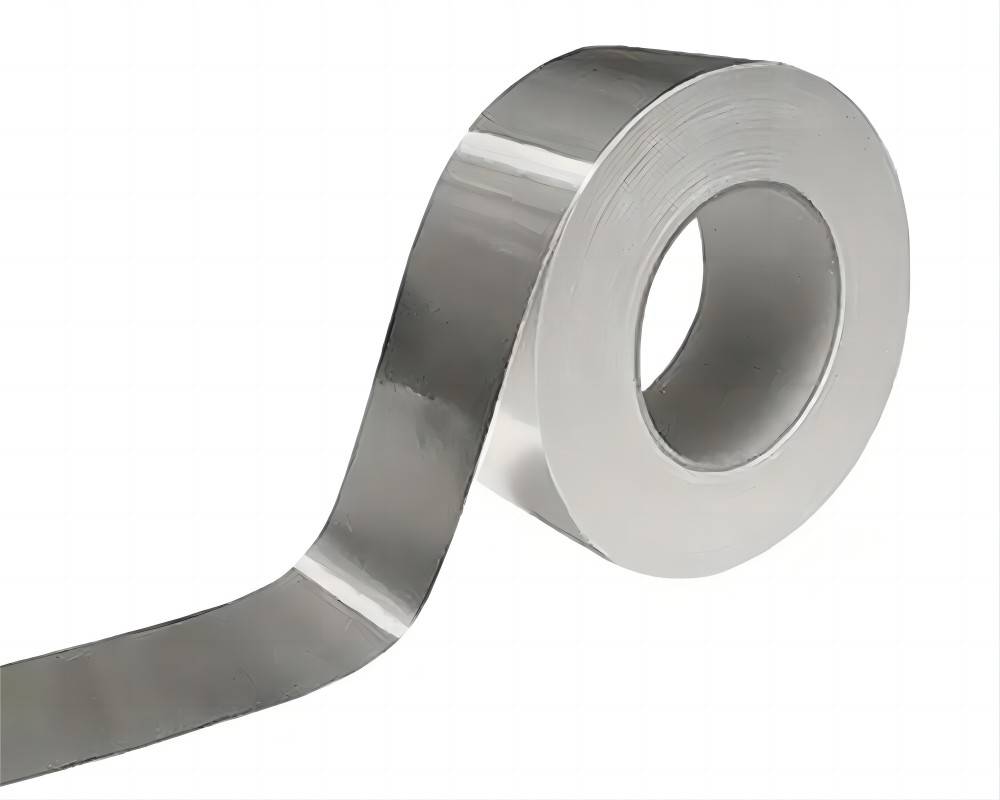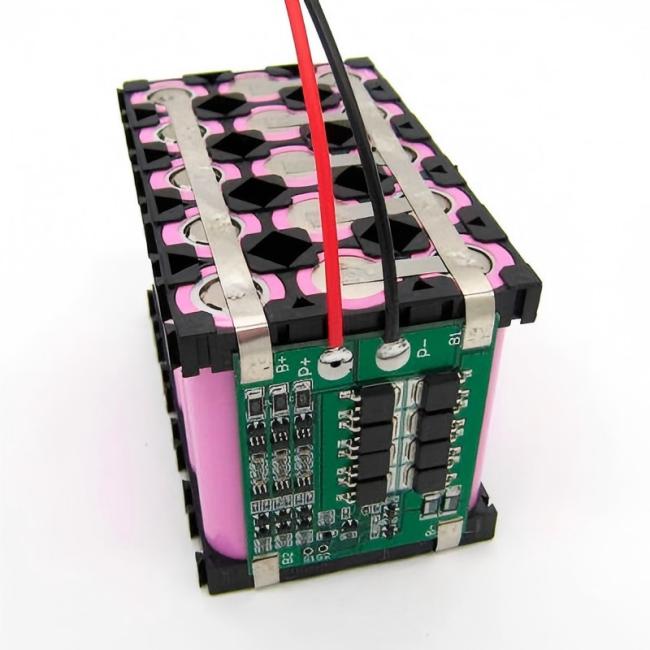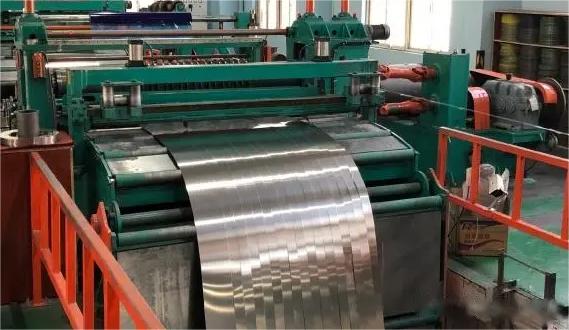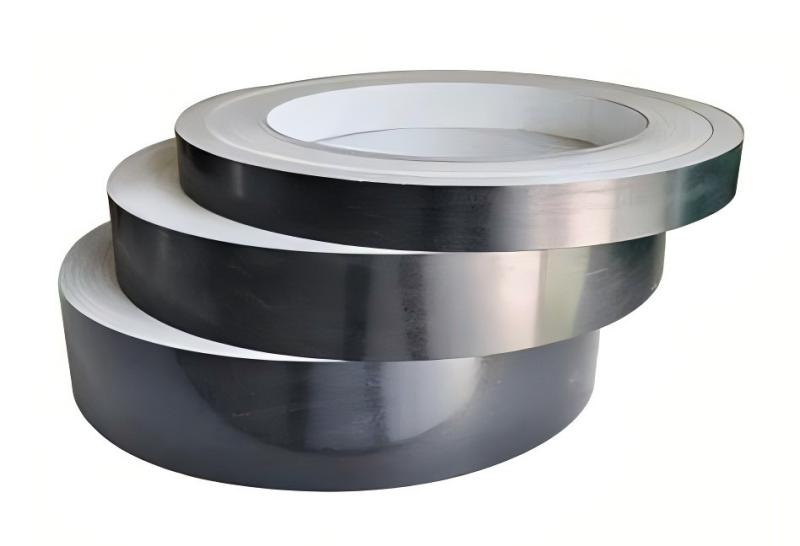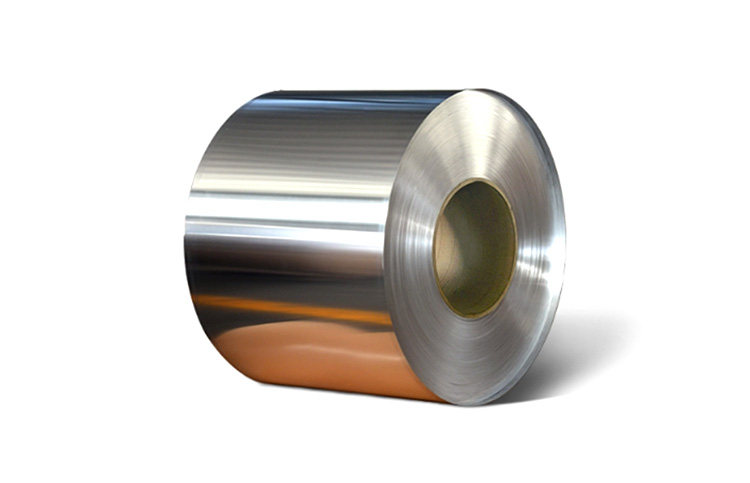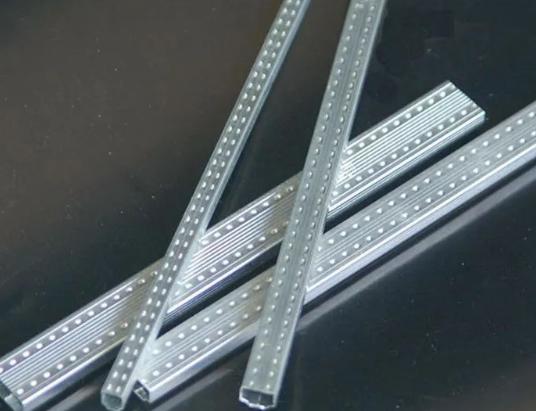Sustainable architecture is on the rise, driven by a growing awareness of the environmental impact of construction and a desire to create buildings that are energy-efficient, environmentally friendly, and aesthetically pleasing. One of the key materials contributing to the sustainability of modern architectural designs is aluminum strips. This versatile material offers a range of benefits that make it a top choice for architects and builders who prioritize green building practices.
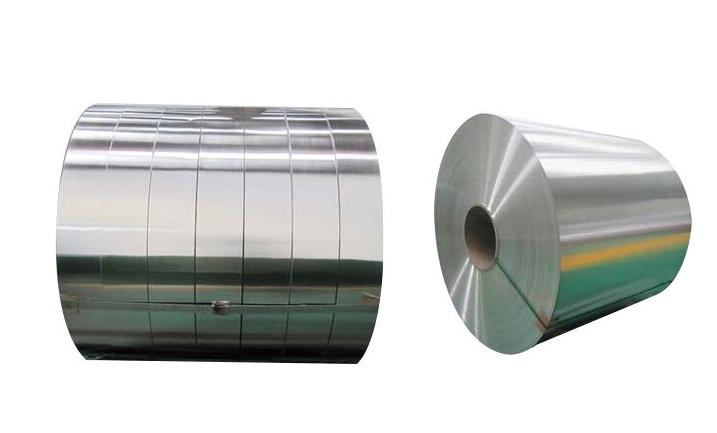
The Rise of Sustainable Architecture
The concept of sustainable architecture, also known as green or eco-friendly architecture, revolves around designing and constructing buildings with a reduced environmental footprint. This approach encompasses various aspects of a building’s life cycle, from the initial design and construction to its operation and eventual deconstruction or renovation.
One critical aspect of sustainable architecture is the selection of materials that are eco-friendly, durable, and energy-efficient. Aluminum strip, with its unique properties, fits the bill perfectly.
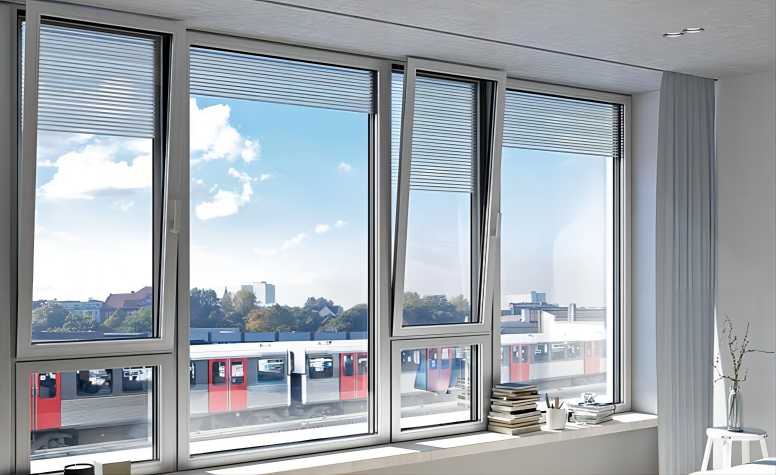
Why Choose Aluminum Strip? A Green Building Material
1. Energy Efficiency: Aluminum strip is highly regarded for its thermal conductivity. This means it can effectively transfer heat, which is crucial in sustainable architecture. When used in windows and doors, aluminum frames facilitate excellent thermal performance, contributing to reduced heating and cooling energy consumption.
2. Durability: Sustainability is not just about energy efficiency but also longevity. Aluminum is inherently corrosion-resistant, ensuring that structures constructed with aluminum strips have a long lifespan, reducing the need for replacements and minimizing waste.
3. Recyclability: Aluminum is one of the most recyclable materials on the planet. It can be recycled repeatedly without losing its properties. In a sustainable architectural context, this means that aluminum strips used in buildings today can be repurposed in the future, reducing the demand for virgin materials and the associated energy consumption.
4. Lightweight: Aluminum is a lightweight material compared to steel or concrete. This characteristic simplifies transportation reduces the carbon footprint of construction projects, and makes it easier to handle during installation.
5. Versatility: Aluminum strips come in various shapes and sizes, making them versatile for a wide range of architectural applications. Whether it’s for curtain walls, roofing, or interior design elements, aluminum strips can be tailored to meet the specific needs of a project.

Applications of Aluminum Strip in Sustainable Architecture
Aluminum strips play a significant role in sustainable architecture by offering a range of environmentally friendly and energy-efficient applications. Here are some main applications in which aluminum strips are utilized in sustainable architecture:
- Energy-Efficient Windows and Doors: Aluminum strip frames for windows and doors contribute significantly to a building’s energy efficiency. These frames can accommodate double or triple glazing, enhancing insulation and reducing heat transfer, which ultimately results in lower energy bills and reduced carbon emissions.
- Solar Shading Systems: Sustainable architecture often leverages natural light to reduce reliance on artificial lighting and heating. Aluminum strips are used to create solar shading systems such as louvers and sunshades, which help control sunlight, reduce glare, and improve the interior environment’s comfort and energy efficiency.
- Roofing Materials: Aluminum strip roofing materials, such as standing seam roofs, not only provide durability but also reflect sunlight, reducing heat absorption and helping to mitigate the urban heat island effect.
- Facade Cladding: Aluminum composite panels, which incorporate aluminum strips, are popular choices for exterior cladding. They provide insulation, weather resistance, and aesthetic appeal while contributing to the building’s overall energy efficiency.
- Interior Design Elements: Inside the building, aluminum strips find use in various interior architectural features like decorative wall panels, ceiling tiles, and room dividers. Their modern and sleek appearance adds to the overall aesthetic appeal of the interior while maintaining sustainability.
Conclusion
As the principles of sustainability take center stage in architectural design, the role of materials like aluminum strip becomes increasingly significant. Its energy efficiency, durability, recyclability, and versatility make it an ideal choice for architects and builders seeking to create green buildings that are both environmentally responsible and visually appealing.
Aluminum strip’s ability to enhance energy performance, reduce waste, and support sustainable design concepts makes it a crucial player in the ongoing evolution of sustainable architecture. As our commitment to environmentally conscious construction practices grows, expect to see aluminum strips continue to play a pivotal role in shaping the buildings of the future, where form and function coexist in harmony with the planet.




